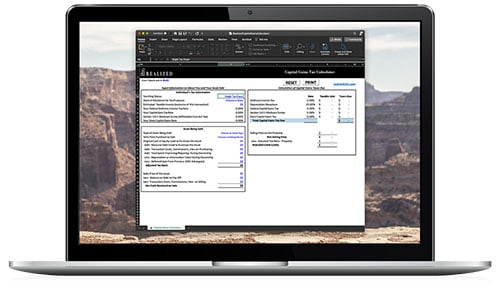When a taxpayer bequeaths an asset to a beneficiary upon death, the beneficiary’s tax basis in the asset is “stepped up” to the fair market value of the asset at the time of the transfer as opposed to being recorded at the original taxpayer’s adjusted basis in asset.
For instance, assume Betty owns an investment property which has an adjusted basis of zero and market value of $1,000,000. If Betty were to sell that property, she would face capital gains taxes based on a gain of $1,000,000 (value less adjusted basis). However, upon Betty’s death, if the property is left to Betty’s daughter Susie, then (with careful advance estate planning) Susie’s basis in the property would be $1,000,000 as if she had purchased the asset. Susie would then be able to take depreciation allowances based on her basis in the property of $1,000,000 and capital gains taxes on future sales would also be based on Susie’s stepped-up basis of $1,000,000. In addition to direct property ownership, a step-up in basis also applies to Replacement Property InterestsTM (RPIs) such as beneficial interests in a Delaware Statutory Trust (DST) or Tenant-in-Common (TIC) interests in a property.


